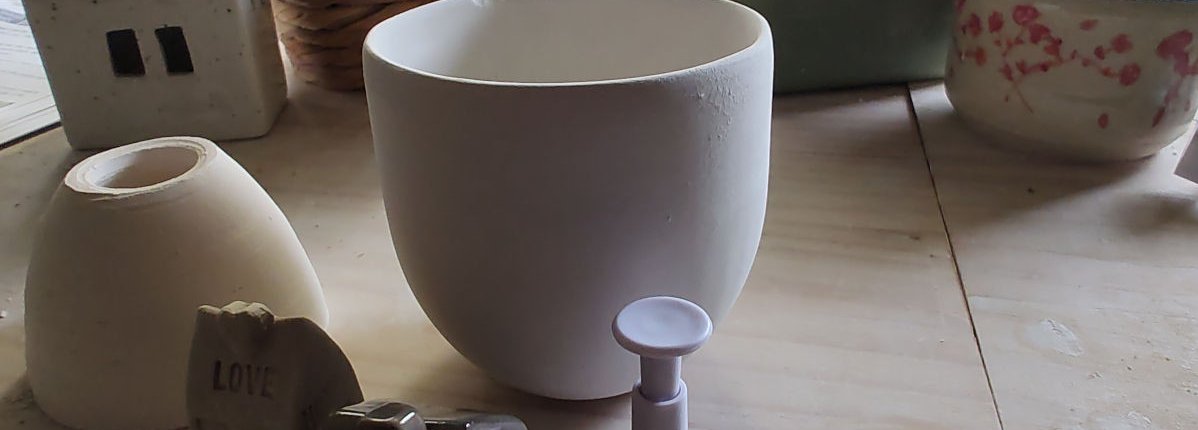Understanding the Stages of Clay Drying for Successful Kiln Firing
Summary
If you’re a ceramics artist or a pottery enthusiast, you know that proper clay drying is crucial for successful kiln firing. Drying clay before firing it in a kiln is a critical step in the ceramic process that requires careful attention to ensure that your clay pieces don’t crack, warp, or explode during firing. In this blog post, we’ll delve into the importance of clay drying times specifically for kiln firing and provide some valuable tips for mastering this essential aspect of ceramics.
Key Points
The typical drying time for clay before firing can vary significantly depending on several factors, including the type of clay, thickness of the piece, humidity levels, and temperature in your workspace. Generally, here’s a rough guideline for different stages of clay drying:
- Leather Hard Stage: This is the stage where the clay is stiff but still somewhat flexible. It’s an ideal time for trimming, carving, or attaching handles. Leather hard typically takes 12 to 24 hours for thinner pieces but may take several days for thicker or larger pieces.
- Bone Dry Stage: At this stage, the clay is completely dry and ready for bisque firing. The time it takes for clay to become bone dry can vary significantly based on the factors mentioned earlier. It can range from several days to a few weeks for larger, thicker pieces.
- Bisque Firing: After the clay is bone dry, it’s ready for the bisque firing in the kiln. This initial firing typically takes around 8 to 12 hours, depending on the kiln and the type of clay used.
Remember that these timeframes are general estimates, and actual drying times can vary widely. It’s crucial to monitor the clay’s moisture content by touch and visual inspection rather than relying solely on a set number of days. Additionally, if you’re in a very humid environment, drying times can be longer, and conversely, they may be shorter in arid conditions. Always prioritize the quality of your clay pieces over adhering strictly to a specific number of days for drying.
Conclusion
In conclusion, understanding the stages of clay drying – leather hard, bone dry, and greenware – is crucial for successful kiln firing. Properly drying your clay pieces before firing is essential to prevent defects and achieve desirable results. Paying close attention to factors such as thickness, humidity, temperature, and air circulation, along with regular testing, can help you master the clay drying process and achieve successful kiln firing results in your ceramics work.



